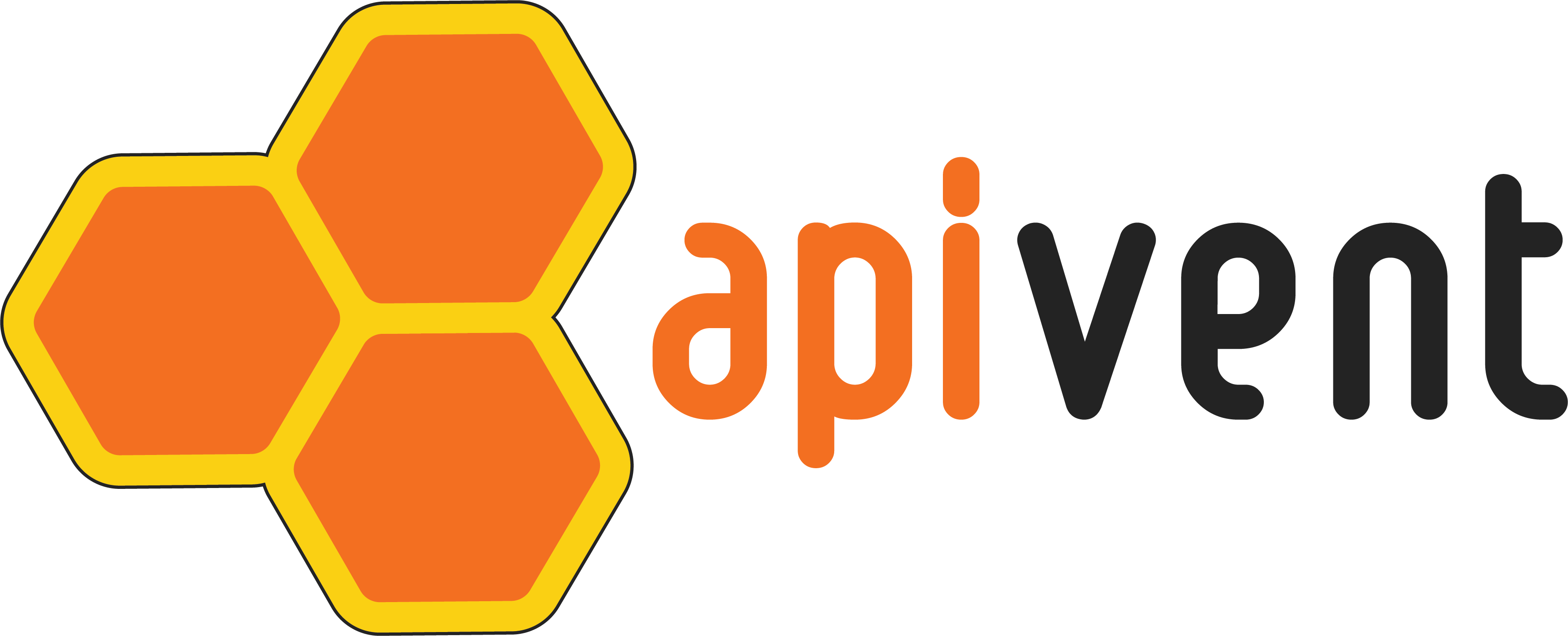
Webinars are basically online seminars, presentations, or workshops conducted virtually. This allows individuals or groups to share information and interact with each other in real-time over the Internet. Here are the details about the webinar:
Online format: Webinars take place completely online, eliminating geographic restrictions. Participants can attend from anywhere with an internet connection.
Presentation style: Webinars are usually led by a presenter or panel of experts who deliver a presentation on a specific topic.
Interactive elements: Unlike webcasts (one-way broadcasts), webinars often incorporate interactive features such as question-and-answer sessions, polls, and chat functions, allowing attendees to engage with the presenter and each other.
Benefits: Webinars offer many benefits, including:
Cost-effectiveness: It is a cost-effective way to reach a wide audience compared to traditional in-person events.
Convenience: Participants can attend from the comfort of their own location, eliminating the hassle of travel.
Scalability: Webinars can accommodate a large number of participants simultaneously.
Measurable results: Organizers can track engagement metrics and measure the effectiveness of their webinars.
Use cases: Webinars are used for a variety of purposes, including:
Education and training: Businesses can use webinars to educate customers, partners, or employees about new products, services, or industry trends.
Marketing and lead generation: Webinars can be a powerful tool for promoting products or services, generating leads, and building brand awareness.
Product demos: Businesses can showcase their products or services through live demonstrations during webinars.
Webinars can also be used for customer support, holding question-and-answer sessions, and building online communities.
